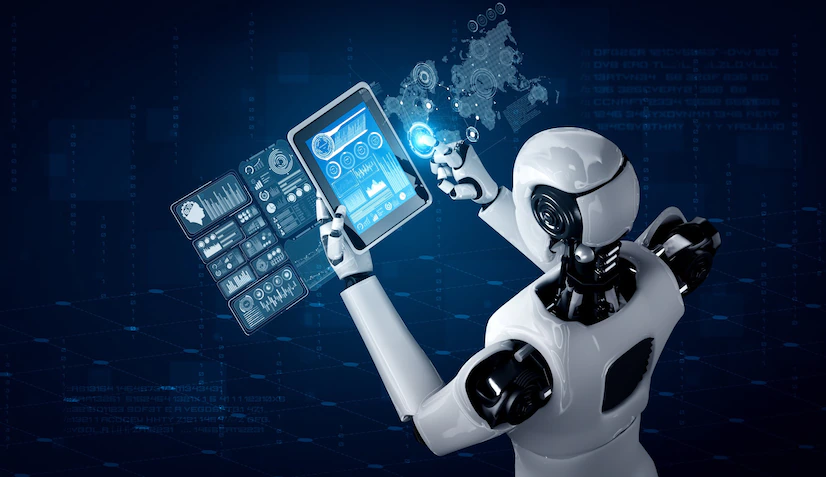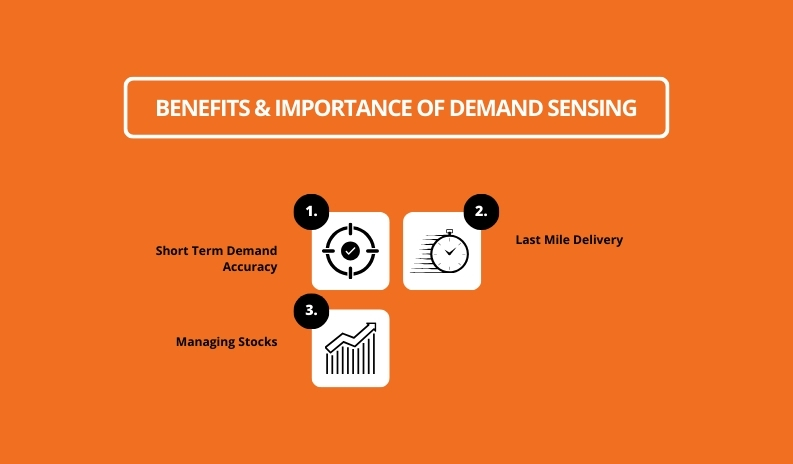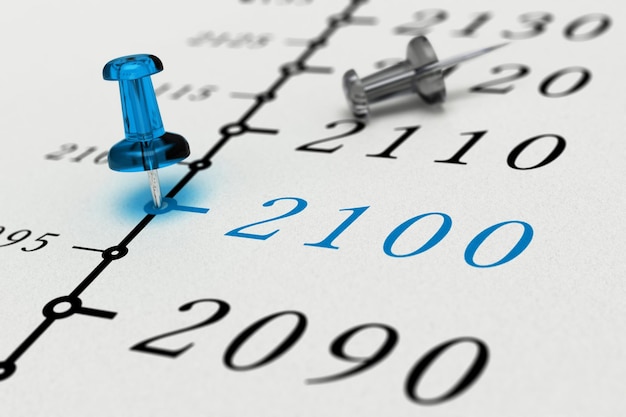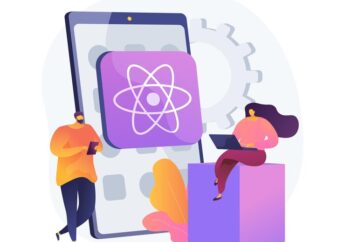Role Of AI In Demand Sensing
by Ankita Tripathy Technology Published on: 28 April 2022 Last Updated on: 22 November 2024

We live in an era where data science and supply chain management have emerged from the tech community and continuously make global headlines.
You would be challenged to find a leader who is not speculating how to leverage their organization’s data better to take advantage of the progress in the domain. And we cannot deny the role of AI in every sector.
Sales forecasting is often considered the critical business case for Artificial Intelligence. Demand sensing solution can be a game-changer for companies with the ability to enhance prediction accuracy by order of magnitude, but not without putting up a fight first.
What Is Demand Sensing?
Demand sensing is the art and science of directly picking up on short-term trends to predict consumers’ requirements and wishes better, when, and where.
Demand sensing is an AI-heavy process that uses data to interpret and anticipate the overall volume of an order. Therefore, making it one of the most important aspects of the Artificial Intelligence in business operations trend.
Artificial Intelligence should be considered a solution to demand sensing and demand forecasting matters mentioned earlier.
Benefits & Importance of Demand Sensing

Demand sensing is an important aspect of running a business. If you cannot anticipate the kind and volume of orders you are going to get, you will not be able to move ahead or end up making logistical mistakes.
Apart from that, there are other aspects of demand sensing as well. In this section., we will be discussing some of the important benefits of demand sensing that you need to know.
Here we go:
Short Term Demand Accuracy
Demand sensing is a very powerful tool for short and medium-term demand projection using real-time data and AI. This can truly help businesses to effectively forecast demand and prepare accordingly. Therefore, minimizing the scope of logistical error.
Last Mile Delivery
Delivery becomes a very important and challenging task to master. Therefore, most companies tend to mess up this one fundamental aspect of managing a business. However, with demand forecasting, this can be solved. If you know the volume, you can prepare accordingly.
Managing Stocks
Another very important benefit of demand sensing is stock management. If you understand the volume of the order, you can prepare accordingly. In other words, managing stocks becomes easier. Which can improve business operations as a whole.
Demand Sensing Vs. Demand Forecasting

The sensing methodology leverages new mathematical techniques and current real-time information to create a near-future forecast (almost accurate) of demand based on the present realities of the supply chain.
The demand Sensing role of ai in cyber security is different from forecasting as it uses a much more comprehensive range of demand signals, including the current data from the supply chain and various mathematical models, to develop a correct forecast that responds to a real-world event.
Demand sensing uses technology that takes massive amounts of data and recognizes patterns hence the supply chains have an actionable signal and can create accurate decisions as well. It helps individual companies to understand consumer behaviors and variables by synthesizing the large data for real-time.
As opposed to professional or tool-driven sales target forecasting, for increasingly famous approach in data science is evidence of this concept. This means starting small and exploring highly tailored solutions on a reduced scope to showcase their potential value. This addresses the two major faults of off-the-shelf products for demand sensing technology.
Role of AI in Demand Sensing

During the COVID-19 pandemic, companies advocated using auxiliary data – demanding signals – combined with artificial intelligence. This also improves forecasting reliability.
The role of AI in healthcare enhances sales performance from Deep Learning methods to integration agility. This shows the future of AI in the business; landscape.
After the pandemic, every sector has a deeper understanding of the role of AI. And this is the reason every sector is starting to welcome AI systems.
Related Resources: 4 Ways IoT Will Bring Smart Manufacturing For Improved Efficiency
Adopting these can intensify the correctness of your demand-sensing methods:
1. Digitization Of Supply Chains:
Digitization of on-ground data is the process of allowing DeepTech to achieve perfect insights into data lakes. This digital shift starts with employing software to compute data.
Digitization helps grueling manual processes to be removed and quickens the process of AI intervention, allowing demand forecasting to be more refined, thorough, and ongoing.
2. Using Multiple Data Sets:
For the best results, an enterprise of all departments needs to work together. It’s always essential to have an inclusive view of these data sets for an operative forecast.
Data sets can be achieved across departments and various geographies, and multiple data sets help enable unified demand sensing in the supply chain.
AI competencies allow data extraction and analytics from various streams of data. DeepTech enhancements to technology can forecast common denominators across all unrelated data sets.
3. Forecasting Customer Behaviour
Demand sensing depends on the realization that customers are demanding a better facility. But do not simply repeat themselves also influenced by other various factors. Artificial intelligence helps us to anticipate the customer’s behaviors based on those factors.
The role of ai in manufacturing is clearly to make changes in the products or give them suggestions based on the customer’s behaviors.
4. Unreliable Forecasts
The forecasting reliability within the detergents division is sometimes too low. When the monthly forecasts are broken down into item-level projections every week, the reliability is lower – sometimes less than 30% in our distribution centers. That’s where demand sensing can make a difference.
5. Promotions And Introductions
Two essential factors are they are considerably influential and demanding. But they are also tough to predict by utilizing statistical forecasting methods: Promotional campaigns are the new product intros.
Often, a lot of information about the demand for these products is already available within the company, but it’s also locked away in the Excel sheets. And never reaches and demands a planner. Today’s techniques are combined with artificial intelligence. That makes it possible for everyone to utilize all that information when forecasting demand.
6. Evaluating Market Fluctuations
Very often, on-ground data does not get linked with the anticipated demand, and these divergences can occur due to some factors such as:
- Geopolitical situations shifting
- Market dominating new trend
- Unsuspected financial downturns
The AI-enabled tools help in learning minor fluctuations and disruptions, and this new data tweaks the predefined parameters for demand sensing.
7. Agility Enhancement
The critical survival mechanism is agility in the overwhelming evidence of disruption. When the newer parameters are seen in the trend, change older ones, view demand trends, and event analyses are becoming quite crucial in the post-pandemic era.
AI makes the integration of market capabilities effortlessly achievable.
Conclusion
There are plenty of reasons for using AI for forecasting. Companies using the demand sensing model as a part of their forecasting strategy may identify that they are better prepared with a fully-abled real-time connected Supply Chain and benefit from artificial intelligence.
With a drastic dash in demand, it is required to be very clear what is on the radar for enhancement; The forecasting accuracy on the service levels for order fulfillment performances.
In the next few years, any organization that wishes to expand its present market status will need to embrace a real-time supply chain that is enabled through demand sensing. The changing pace is too fast, and the influence factors are significant for traditional models that depend on the statistical analysis of historical data to remain serviceable.
Read Also:



































































































